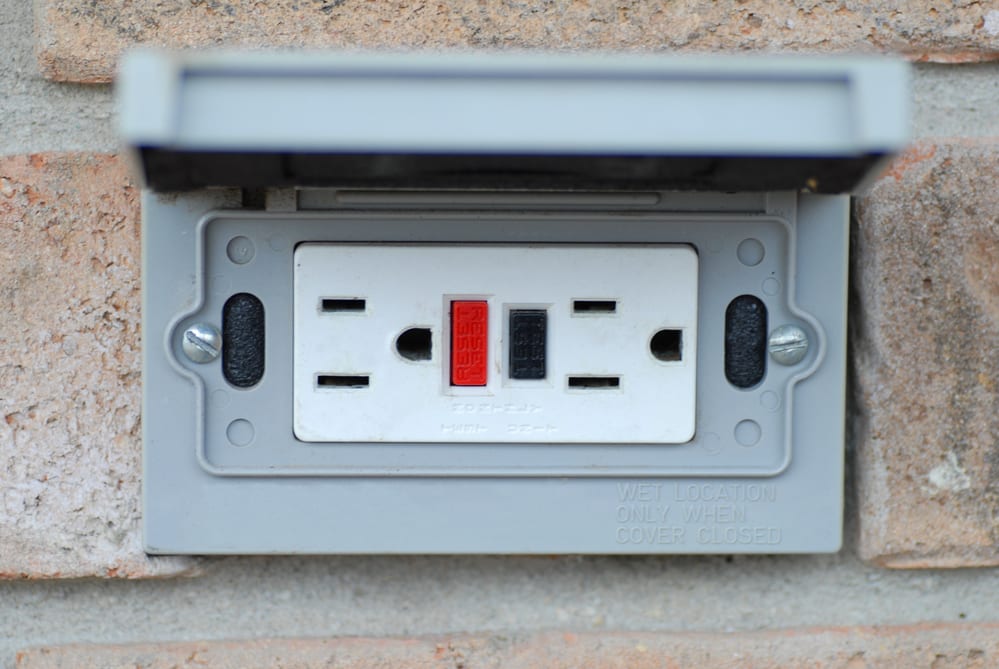The safest and most reliable temporary and standby power systems are those built with the correct materials for the specific application. During our united response to provide the necessary equipment for medical facilities and essential businesses during our nation’s response to COVID-19, we want to highlight optimal practices for those temporary and standby power systems. A very critical detail of these systems is knowing the difference between UPS and GFCI, and their specific uses.

A ground fault circuit interrupter (GFCI) is a protective device specifically designed to break the circuit every time there is an imbalance between incoming and outgoing current. The GFCI outlet protects electrical wiring and receptacles from overheating and possible fire, greatly minimizing the risk of potentially fatal shock injuries and burns. The GFCI is integrated into the electrical outlet and constantly tracks the current flowing in a circuit to sense fluctuations in real-time. It also detects ground faults and disrupts the flow of current but should not be used to replace a fuse as it does not offer protection against short circuits and overloading.
GFCI outlets are important, especially when the electrical outlets are positioned close to water. GFCI protection should be provided anywhere there is a receptacle installed in an area subject to exposure to moisture The presence of moisture greatly increases the danger of accidental shock and power interruption. GFCI outlets should also be installed on temporary wiring systems that are using power temporarily.
GFCI is critical during the current pandemic because temporary pop-up COVID-19 testing facilities are susceptible to this hazard. These facilities are tents in isolated areas and are susceptible to moisture from the elements. It’s extremely important for these facilities to keep their power on to keep COVID-19 testing moving forward. It’s crucial to keep testing on schedule to get results to patients as quickly as possible to avoid further spread of the virus. GFCI will help keep testing facilities protected from any electrical shorts or shock risks.
While GFCI is critical for temporary facilities, an uninterruptible power supply, or UPS, differs with its importance to backup or standby power sources. UPS provides battery backup power when your regular power source fails or voltage drops to an unacceptable level. UPS allows for the safe and orderly shutdown of connected equipment. The size and design of a UPS is the determining factor of how long it will supply power.
Standby UPS resorts to battery backup power in the event of common power problems such as a blackout, voltage sag, or voltage surge. When incoming utility power drops below or surges above safe voltage levels, the UPS switches to DC battery power and then inverts it to AC power to run connected equipment. UPS is critical for medical facilities in general, but during the COVID-19 pandemic, it has become even more important. With the rapid influx of patients that hospitals are seeing, running equipment like ventilators is crucial for COVID-19 patients. Hospitals need to be able to rely on standby power sources to continue running equipment during an outage. As soon as a cease in electrical flow is sensed, that’s when UPS jumps into action.
Though both systems serve different purposes, both are necessary systems for temporary as well as permanent medical facilities during our nation’s response to COVID-19. The power distribution experts at Power Temp Systems are here to help and equip those medical facilities in need. Contact us today to learn more about the difference between GFCI and UPS and how we can help.
